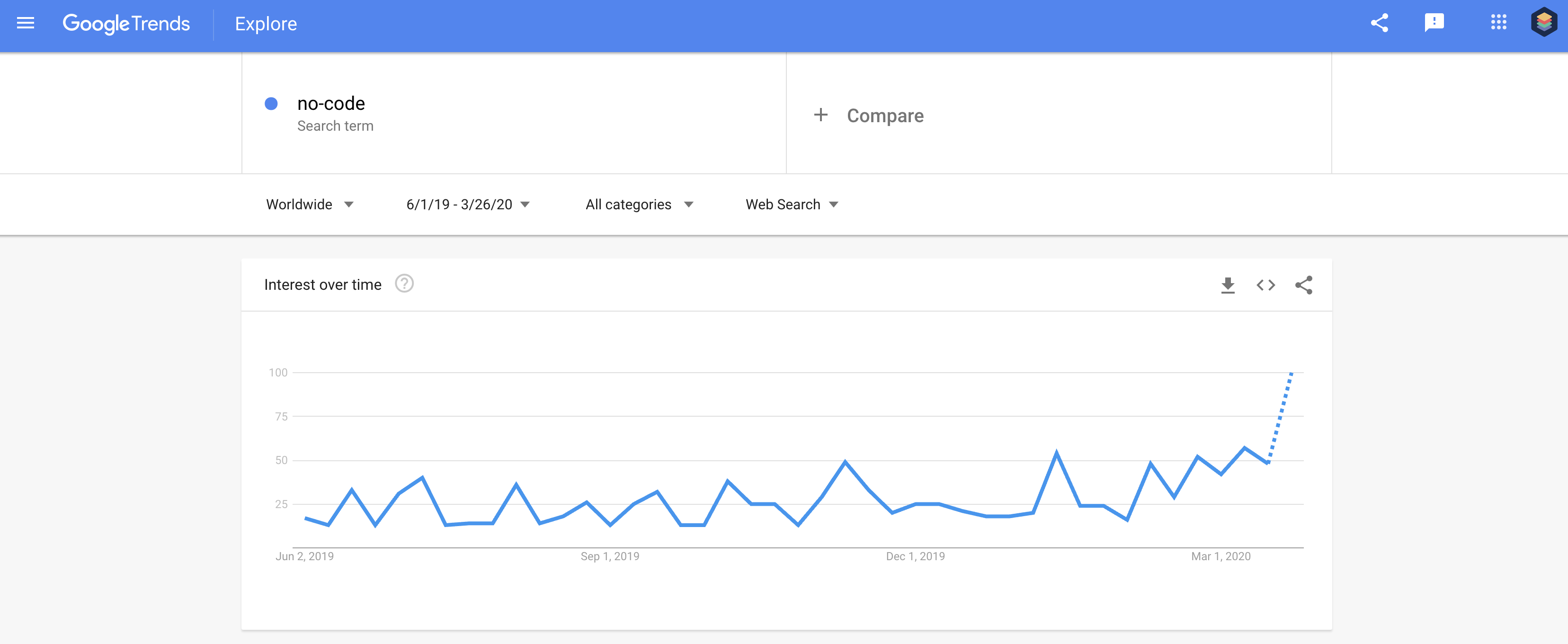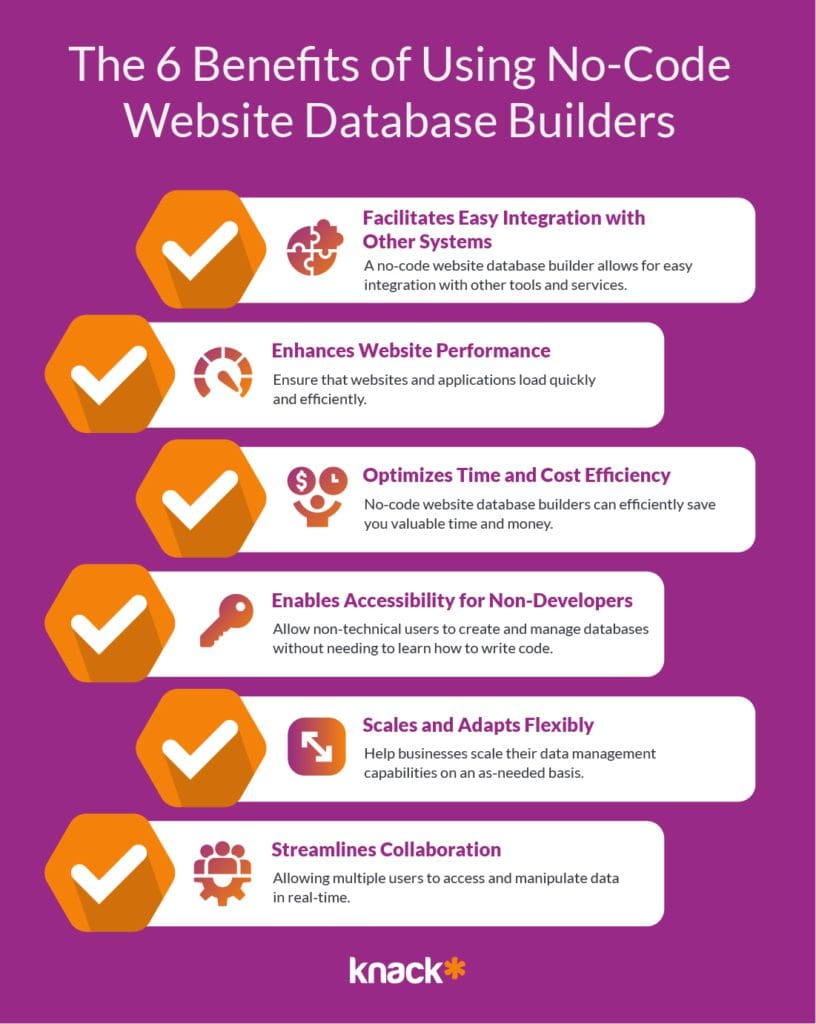Unlock the Power of No-Code for Open Platform Data Source Production
Unlock the Power of No-Code for Open Platform Data Source Production
Blog Article
Discover Just How Scalable Data Sources Can Be Made Use Of Without Coding to Boost Your Organization Procedures
In today's busy company environment, the capacity to manage and evaluate data successfully is vital. no-code. Scalable databases, particularly when coupled with no-code services, use a transformative strategy that equips non-technical individuals to simplify procedures.
Comprehending Scalable Data Sources
Scalable databases are crucial for modern business operations, permitting companies to successfully manage raising quantities of information without giving up efficiency. These data sources are developed to expand and adjust to the transforming demands of a company, making certain that they can deal with bigger datasets and more complicated questions as business requirements develop.
Understanding scalable data sources involves recognizing their two key types: vertical scaling and horizontal scaling. Upright scaling, or "scaling up," entails adding more power (CPU, RAM) to an existing server to boost efficiency. Conversely, horizontal scaling, or "scaling out," requires adding more web servers to disperse the lots, which usually causes higher flexibility and mistake resistance.
One more vital facet is the design of scalable data sources, which can be either non-relational or relational. Relational data sources, such as MySQL and PostgreSQL, are structured and make use of SQL for questions, while non-relational data sources, like MongoDB and Cassandra, supply even more adaptability with disorganized data.
Ultimately, comprehending scalable databases is vital for companies aiming to take advantage of information as a critical asset, enabling them to stay affordable in a significantly data-driven setting.

Benefits of No-Code Solutions
Opening the capacity of no-code services encourages services to simplify operations and enhance efficiency without the need for considerable programs knowledge. These systems enable non-technical individuals to produce, customize, and handle databases effortlessly, thus democratizing accessibility to technology across teams.
One of the key advantages of no-code remedies is their rate of implementation. Services can promptly deploy applications and automate processes, significantly minimizing the moment spent on advancement cycles. This dexterity makes it possible for companies to react quickly to market modifications and consumer demands, cultivating an one-upmanship.
In addition, no-code systems reduce reliance on IT divisions for everyday tasks, allowing technical groups to concentrate on more complicated projects that need specialized abilities. This shift not just optimizes source appropriation but likewise promotes advancement within the organization.
Cost-effectiveness is another benefit, as no-code options can reduce development and maintenance expenditures. By lessening the need for coding expertise, companies can harness the capabilities of their existing workforce without the expenses of employing extra personnel.
Popular No-Code Database Tools
The surge of no-code remedies has led to the emergence of numerous database tools that satisfy services seeking performance and availability. These tools encourage individuals with limited technological expertise to develop, handle, and manipulate data sources seamlessly.

Caspio stands out for its capacity to construct web applications without any coding. It allows companies to create durable databases and deploy applications promptly, satisfying various market demands. In a similar way, useful source Propensity offers straightforward user interfaces and powerful data management capacities, allowing organizations to construct customized applications tailored to their process.

Use Instances in Service Operations
How can businesses take advantage of database tools to boost their procedures? Scalable data sources give companies with powerful capabilities to manage and analyze information without the demand for considerable coding expertise. These tools can improve various business procedures, inevitably bring about enhanced effectiveness and productivity.
One prominent usage situation is customer relationship management (CRM) Businesses can utilize scalable data sources to track consumer communications, choices, and comments, enabling customized interaction and much better service. By streamlining this info, teams can team up more efficiently and reply to customer needs in real-time.
Another considerable application is supply monitoring. Business can employ no-code data source devices to keep an eye on stock degrees, track deliveries, and forecast need. This ensures ideal supply levels, minimizes waste, and lessens stockouts.
Additionally, job monitoring can benefit from scalable databases by permitting teams to handle tasks, due dates, and sources in a combined system. With real-time updates and data visualization, job supervisors can make educated choices.
Obtaining Started With Application
Applying scalable databases in company procedures calls for an organized method to make sure effective assimilation and usage. The primary step is to perform a thorough requirements evaluation, recognizing details business requirements, data kinds, and anticipated development patterns. This fundamental understanding will guide the selection of the proper data source remedy.
Next, select a her latest blog straightforward, no-code data source system that aligns with your operational goals. no-code. Numerous contemporary options use instinctive user interfaces, permitting non-technical customers to take care of information effectively. After selecting a platform, establish a clear data style that describes exactly how information will be organized, accessed, and preserved
Training is vital; make sure that group participants are equipped with the necessary skills to utilize the database. Consider providing workshops or tutorials to acquaint personnel with the system's capabilities.
Conclusion
In final thought, the integration of scalable databases via no-code services presents significant benefits for company procedures. Eventually, leveraging these technologies can lead to enhanced performance and operational efficiency, placing companies for sustained development in an affordable landscape.
One preferred no-code database tool is Airtable, which incorporates the performance of a spreadsheet with the power of a data source.Exactly how can businesses take advantage of database tools to enhance their procedures? Organizations can utilize scalable databases to track consumer interactions, choices, and feedback, allowing personalized interaction and far better solution.Implementing scalable databases in service procedures calls for a structured method to make sure effective integration and use.In verdict, the assimilation of scalable databases through no-code services provides substantial benefits for organization procedures.
Report this page